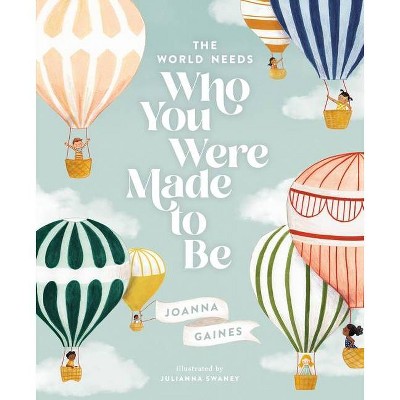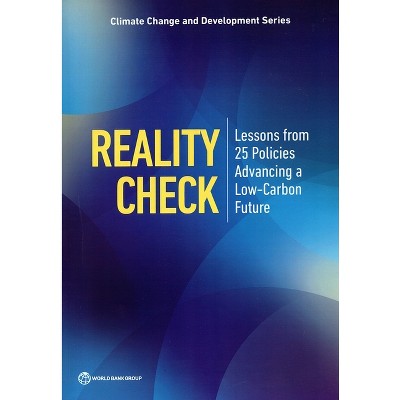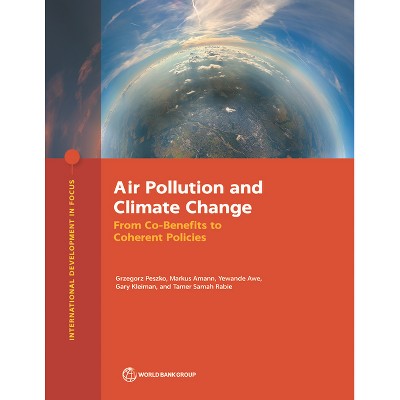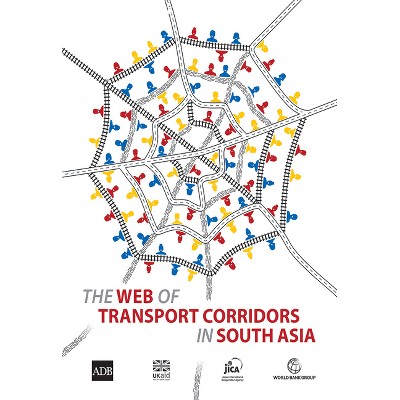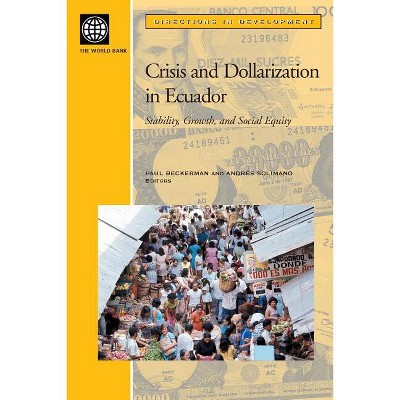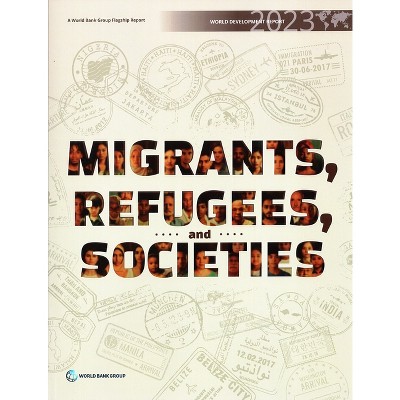Green Digital Transformation - (Climate Change and Development) by The World Bank (Paperback)

About this item
Highlights
- Climate change is unfolding amid the greatest information and communication revolution in human history.
- About the Author: The World Bank came into formal existence in 1945 following the international ratification of the Bretton Woods agreements.
- 172 Pages
- Business + Money Management, Economics
- Series Name: Climate Change and Development
Description
About the Book
The book examines how to increase synergies between socioeconomic development goals, climate change policies, and digital technologies, offering guidance on how government institutions and private organizations in the digital field can catalyze green digitalization.
Book Synopsis
Climate change is unfolding amid the greatest information and communication revolution in human history. From e-commerce and social media to smart manufacturing and precision farming, digital technologies have become prevalent in all aspects of economic and social life.
Digital technologies also have the potential to shape climate change action. Green digital transformation can help countries adapt e¬ffectively to the impacts of climate change and create greener growth pathways.
Doing this means combining a focus on digital transformation and inclusion with a strategic and sustainable use of digital technologies to address climate change.
Green Digital Transformation: How to Sustainably Close the Digital Divide and Harness Digital Tools for Climate Action illuminates the channels through which digital technologies intersect with climate change, and it proposes a path to low-emissions applications of digital technologies to help countries mitigate and adapt to climate change.
About the Author
The World Bank came into formal existence in 1945 following the international ratification of the Bretton Woods agreements. It is a vital source of financial and technical assistance to developing countries around the world. The organization's activities are focused on education, health, agriculture and rural development, environmental protection, establishing and enforcing regulations, infrastructure development, governance and legal institutions development. The World Bank is made up of two unique development institutions owned by its 185 Member Countries. The International Bank for Reconstruction and Development (IBRD) focuses on middle income and creditworthy poor countries and the International Development Association (IDA), which focuses on the poorest countries in the world.
Shipping details
Return details
Trending Non-Fiction





